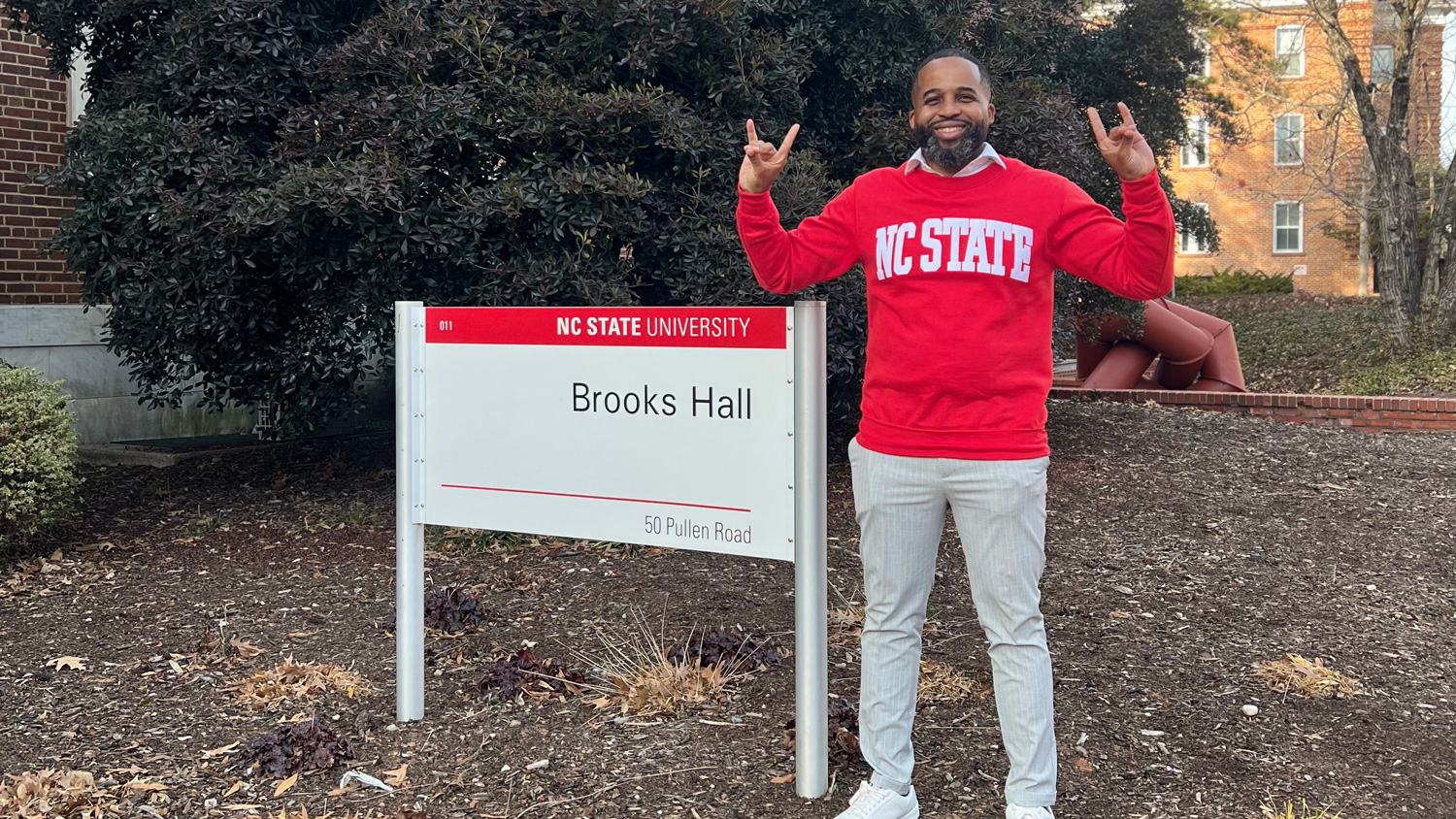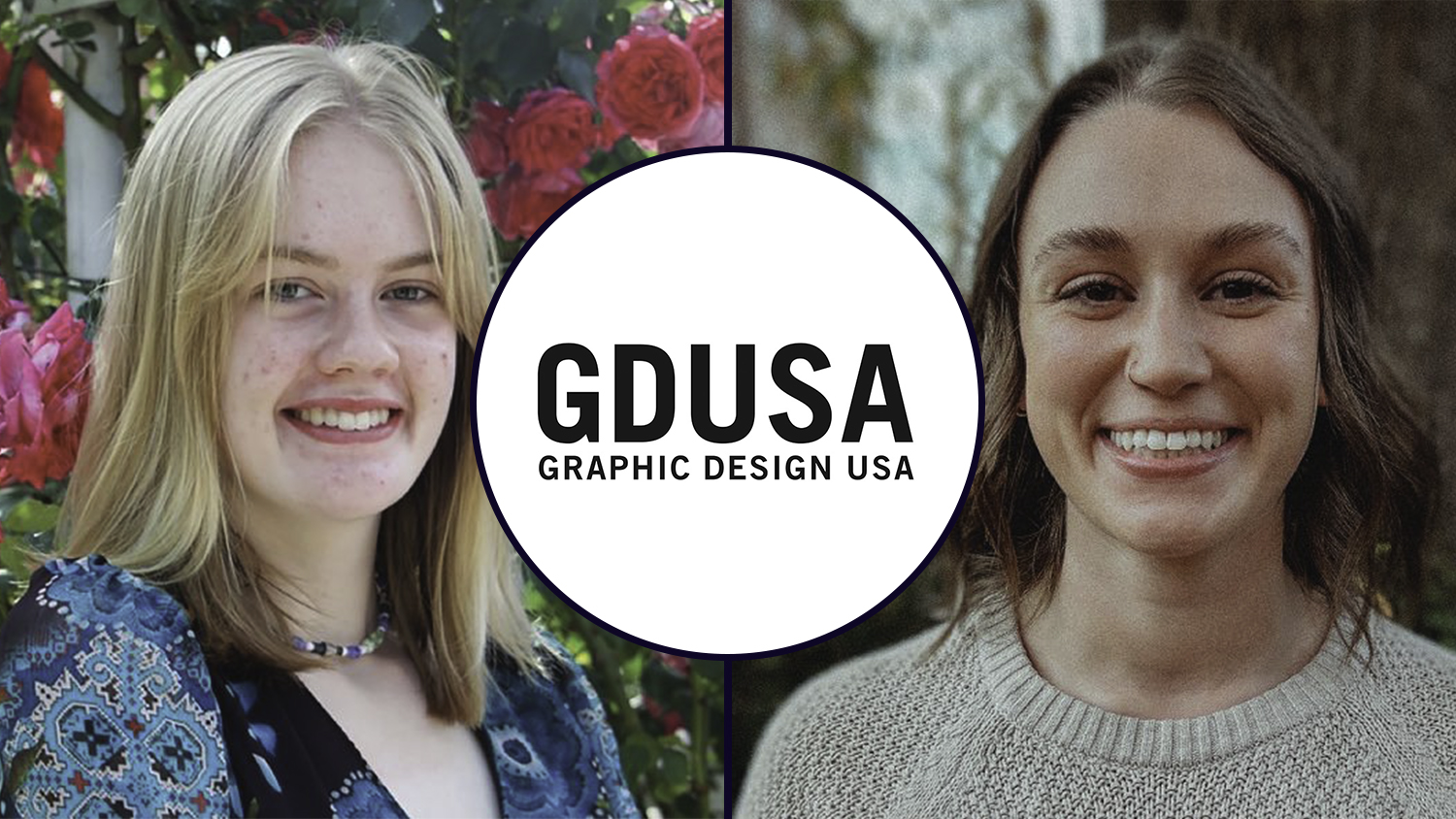NC State Alum Bridges Cultures through Graphic Design
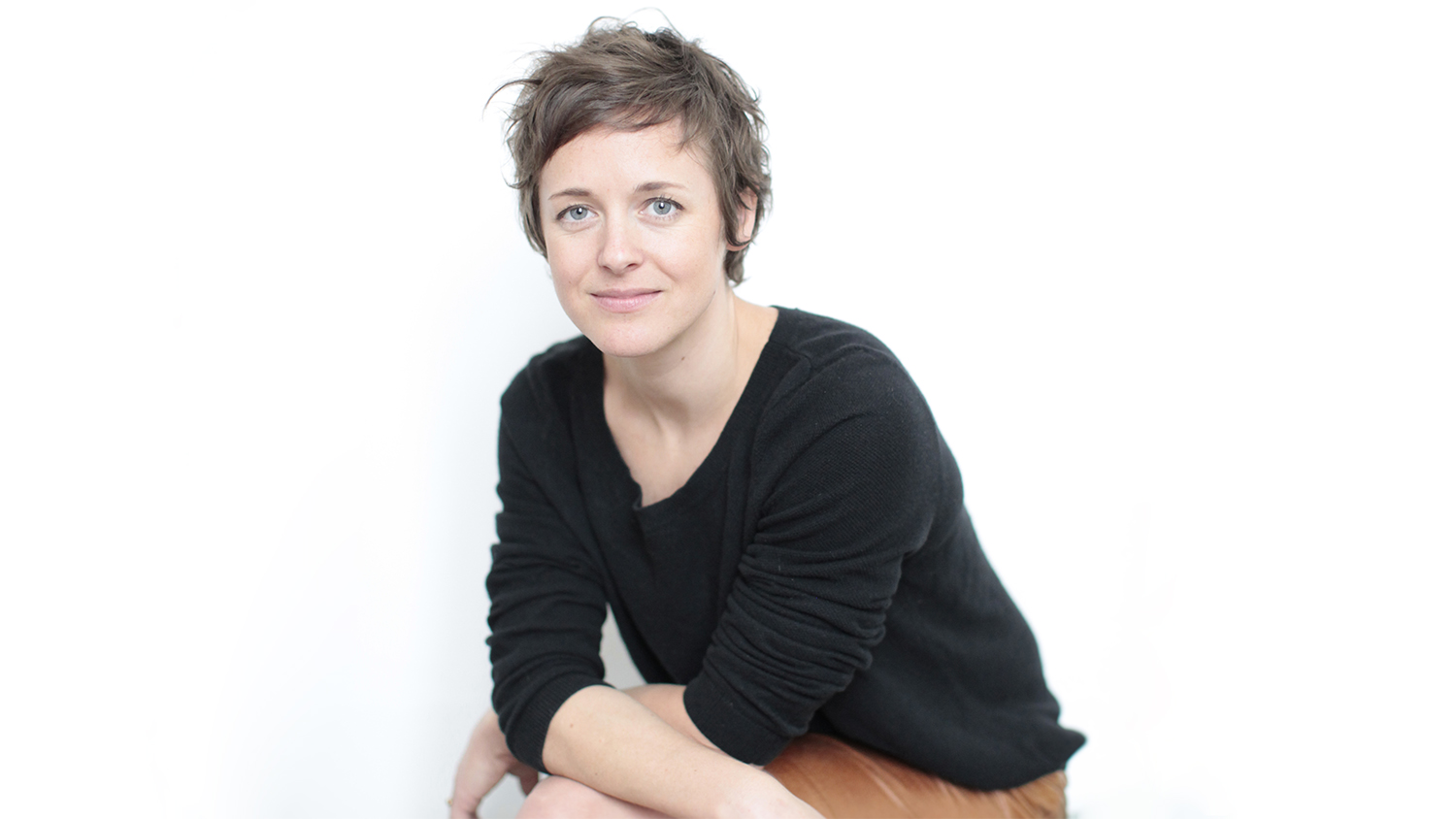
Harnessing her creativity in design and typography, Blair Richardson, a graduate of the graphic design program at NC State, has connected cultures worldwide throughout her successful career. Today, she owns her own design company based in Mexico called MiniSuper Studio.
Richardson started her journey at NC State, compelled by the range of classes offered.
“NC State was a really good fit for me because I could take serious science classes and really beautiful literature classes. I never wanted to go to a purely art school, so it was perfect,” Richardson said.
After graduating from the graphic design program, Richardson worked at YeeHaw Studio, a letterpress studio in Knoxville, Tennessee. “That was a great experience because it got my hands dirty, and it made me think about typography in a really physical way,” she said.
Richardson’s time at YeeHaw Studio opened her up to being attentive to details within typographic structure, editorial layout, and other aspects of graphic design.
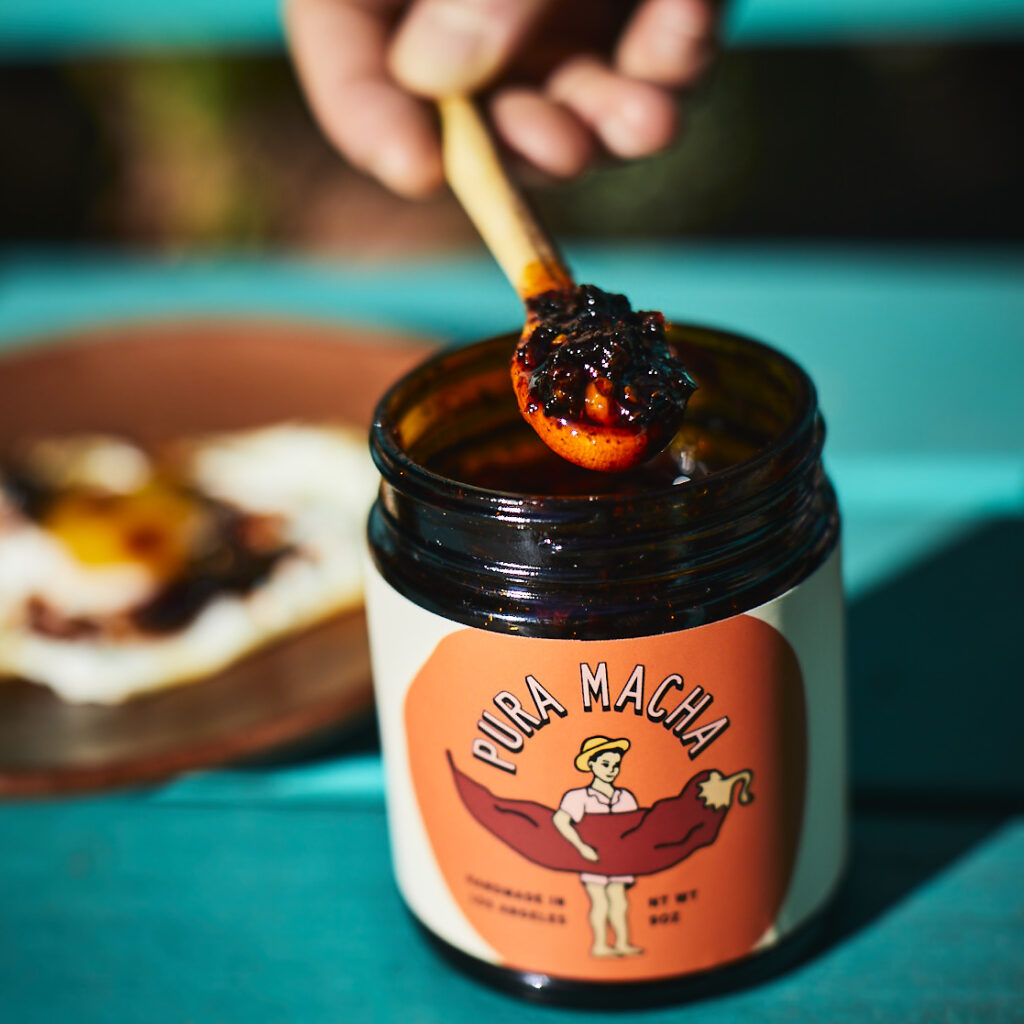
After her time at YeeHaw Studio, Richardson moved to Texas to work at Pentagram, an international design studio with several offices worldwide. The company is structured around 20 or so partners who lead individual teams. Richardson worked with a small group in Austin, Texas, giving her firsthand exposure to the inner workings of a professional design studio.
“I got to write proposals, pitch to clients, and participate in design presentations. So I kind of had these two sides of experience: crunchy, handmade design from YeeHaw Studio mixed with the slick, corporate vibe of Pentagram,” she said.
After a short trip to Mexico, Richardson fell in love with the creativity and design community of the country. At the end of the next year, she was living in Mexico City.
“[Mexico] was so fresh and new, and it made me creative in a way that I wouldn’t have been if I had stayed in the States,” Richardson said. She immersed herself in Mesoamerican culture, learning Spanish and engaging in artisanal practices.
Richardson’s work actively connects American and Mexican cultures. Most of her clients are in the United States, but she often works with Mexican clients that want to communicate topics and concepts from the U.S..
“I’m translating the culture from one side of the border to the other and kind of becoming that cultural bridge, trying to make both sides feel seen and understood,” Richardson said.
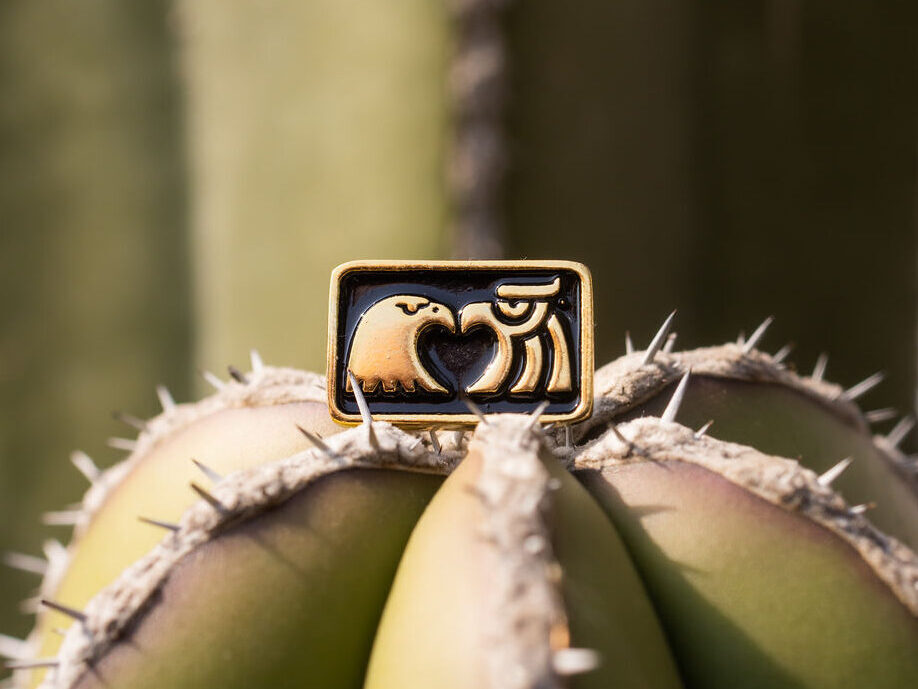
The NC State alum has contributed to other international cultural projects, including restaurant branding. She previously worked on a cookbook in collaboration with the Japanese Foundation surrounding the country’s seasonality. The booklet was intended for a Mexican audience, so Richardson leaned on her client’s guidance to choose colors and fonts that represent Japan.
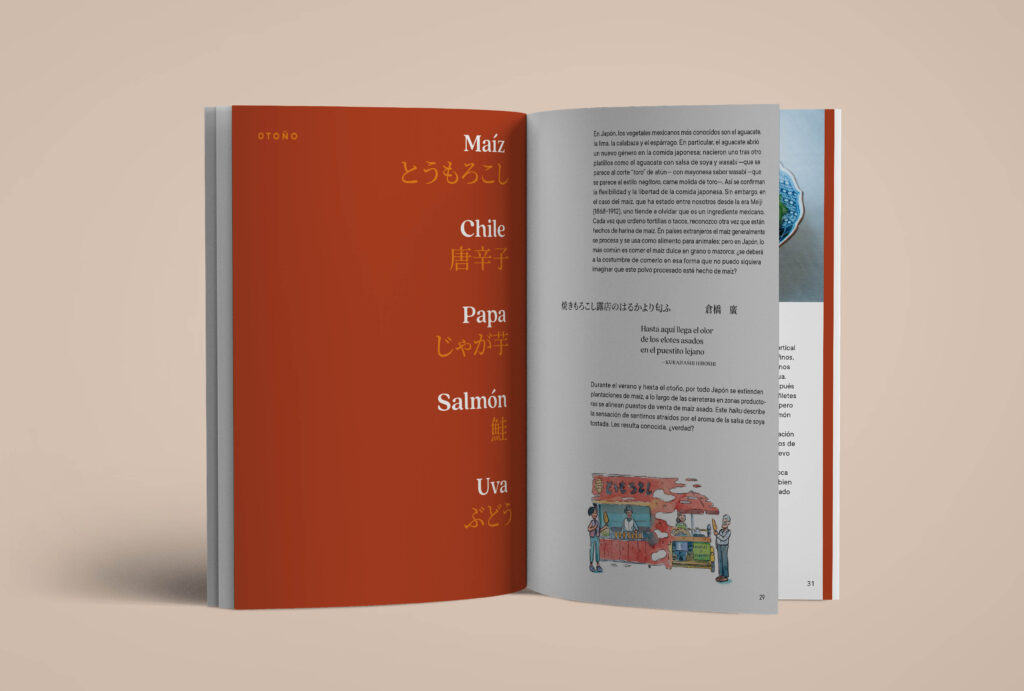
“Because the book was in Japanese and Spanish, I needed guidance to select the Japanese font. I would show them a Western font and explain why I would use it, and they could guide me toward the Japanese font that felt the same way to them in Japanese,” she said. Richardson likens her understanding of fonts to synesthesia, in which she processes something visual, like a font, as a specific feeling.
She recently designed an Indian food brand for the U.S., focusing on the significance of patterned textiles. Richardson traveled to India a few years prior and used that experience to inspire her design, but utilized her client’s own cultural perspectives to give insights and guidance. She emphasizes the importance of listening deeply and intently to clients to translate their culture into accurate visual representations.
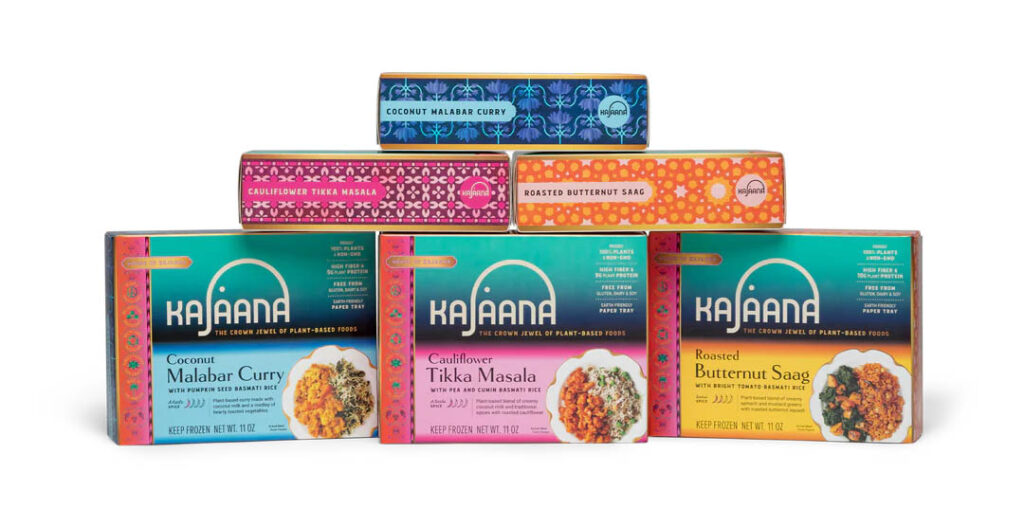
In particular, Richardson loves working with small and startup businesses, in which she has the chance to translate ideas into reality.
“Having someone come to me with their dream or a project, and then getting the opportunity to put visual language to it makes it feel very real. At first it’s just an idea, and then my step advances it to a point that they can really feel, and then they suddenly can see their future. The joy that that brings them is definitely the most fun part of my job,” Richardson said.
Over the past summer, Richardson designed the branding, signage, newspaper, and wayfinding for a project at the National Mall in Washington, D.C., alongside co-designer Connie Harvey. The exhibition, titled “Beyond Granite: Pulling Together”, marked the very first curated outdoor exhibition in the history of the National Mall, aiming to explore marginalized voices, human rights activism, and other stories that reflect American resilience.

The exhibition featured six unique installations from renowned contemporary artists, from an interactive playground featuring a photo of one of the first desegregated recreation areas in D.C. to a seven-foot-tall red glass thumbprint honoring Native American history and sacrifices. Other installations included tributes to AIDS victims, Black culture, and Southeast Asian refugees.
Richardson’s contributions brought attention to the project, allowing viewers to ponder what it truly means to be American. Most importantly, visitors were reminded of our shared community and relentless ability to pull together in times of need. Richardson’s ability to breathe personality and life into physical works is exemplified through her work in the National Mall, and can be seen in her cross-cultural projects creating communities all across the world.
- Categories:

